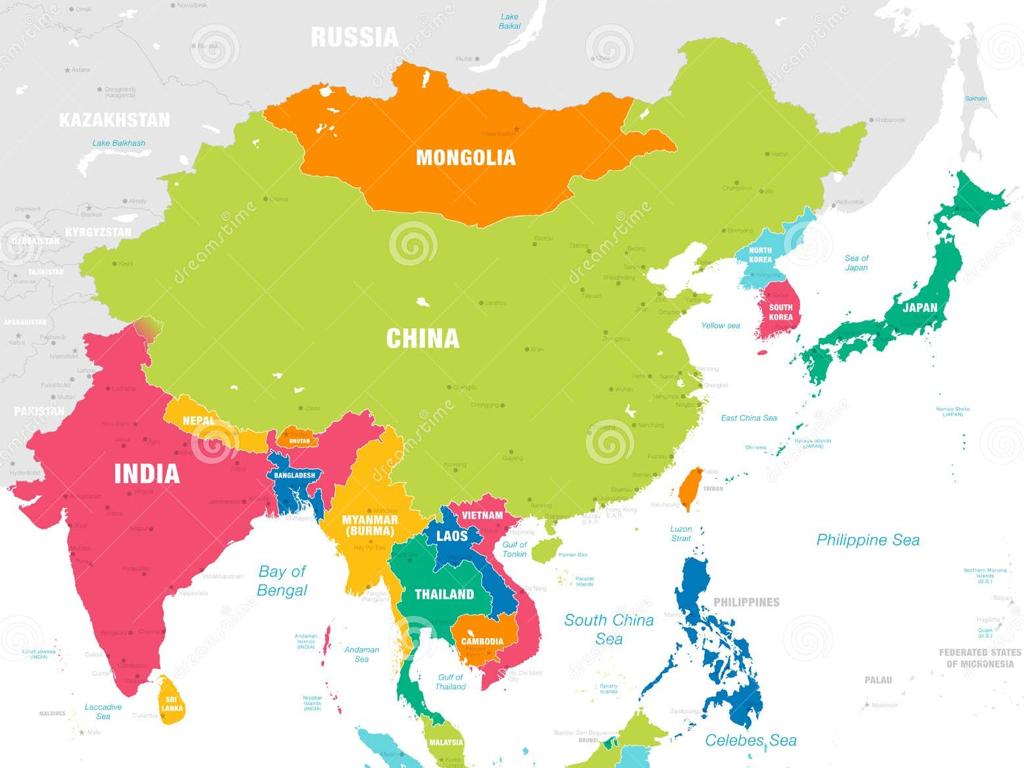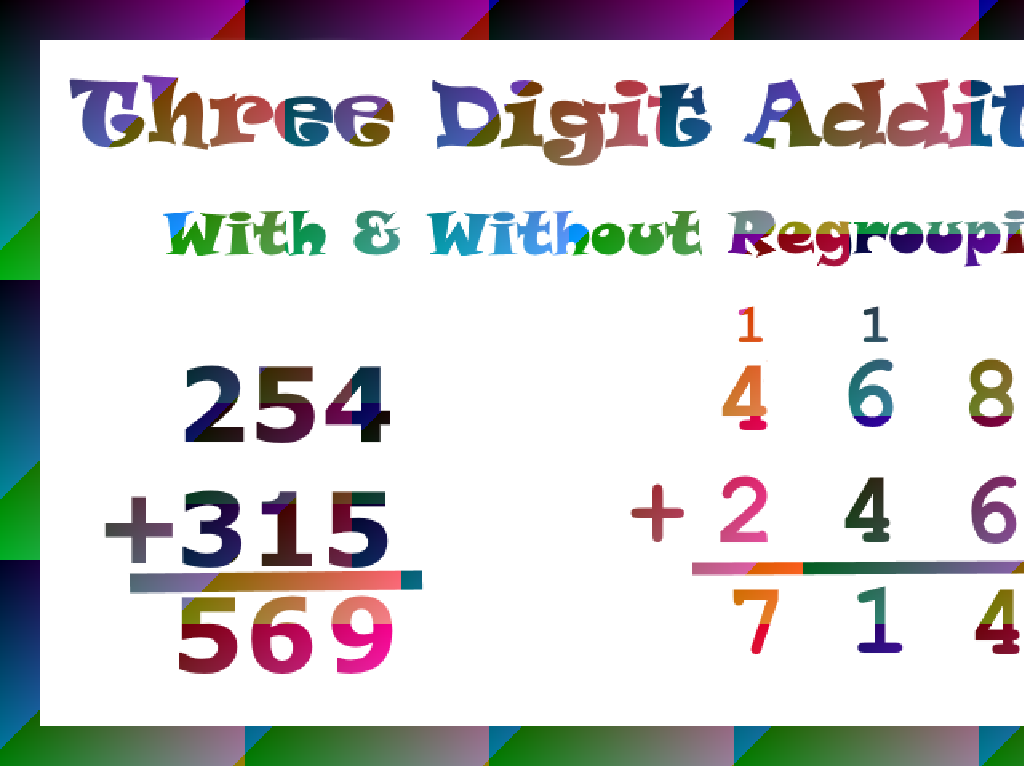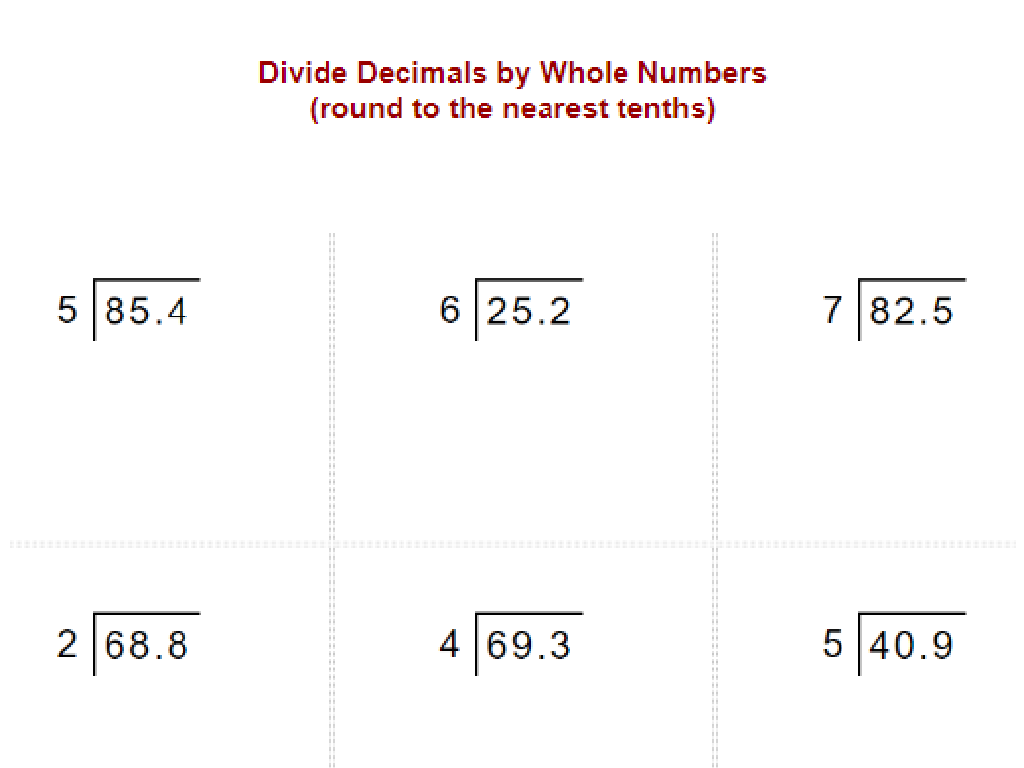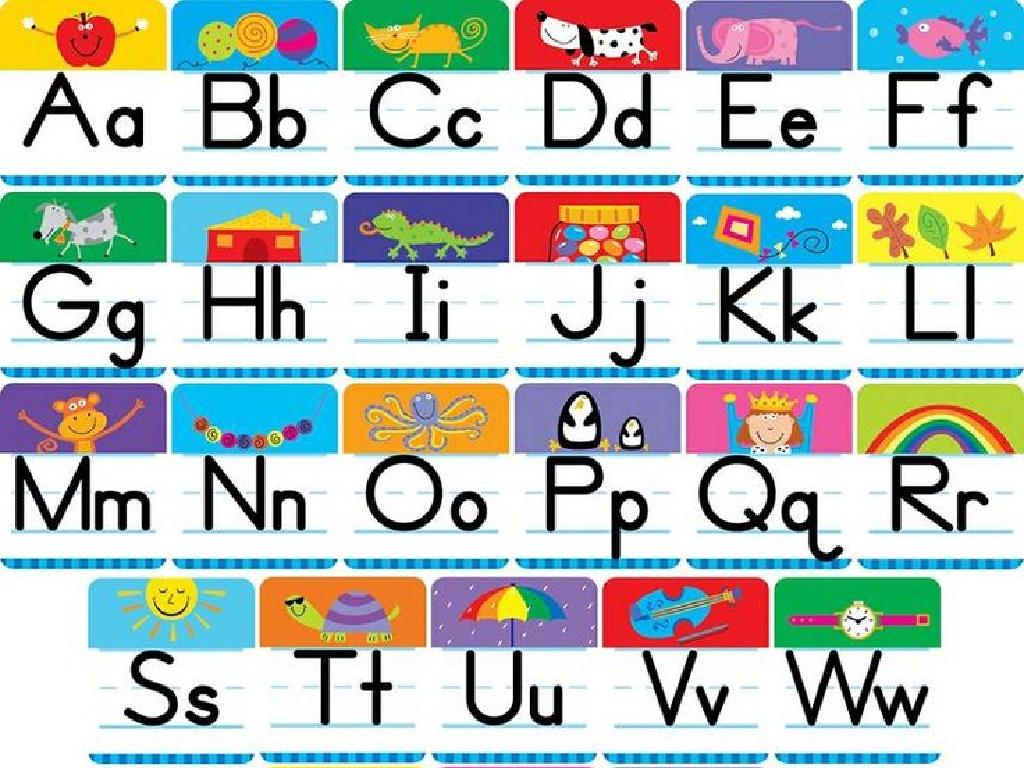National Income And Price Determination
Subject: Economics
Grade: High school
Topic: Macroeconomics
Please LOG IN to download the presentation. Access is available to registered users only.
View More Content
Introduction to Macroeconomics
– Exploring the macroeconomic landscape
– Defining Macroeconomics
– The study of the economy as a whole, including inflation, unemployment, and economic growth.
– National income significance
– Measures the total income earned by a nation’s people and businesses.
– Price determination basics
– How prices are set for goods and services in the economy.
|
This slide introduces students to the fundamental concepts of Macroeconomics, which is the branch of economics that deals with the structure, performance, behavior, and decision-making of an entire economy, rather than individual markets. It includes an overview of national income, which is a critical indicator of economic health, reflecting the total earnings from the production of goods and services by the citizens and businesses of a country. Additionally, the slide covers the basics of price determination, which involves understanding how prices are established in markets, influenced by factors such as supply and demand, production costs, and competition. This foundational knowledge sets the stage for more in-depth discussions on economic policies and their impact on a national scale.
Understanding National Income
– Define National Income
– Total value of goods & services produced by a country.
– Explore its components
– Includes wages, rent, interest, and profits.
– Measure National Income significance
– Reflects the economic health of a country.
– Impact on economic policy
– Guides government fiscal and monetary policies.
|
National Income is a critical economic indicator that represents the total market value of all final goods and services produced in a country over a specific period, usually one year. It includes various components such as wages paid to labor, rent earned by land, interest earned on capital, and profits received by entrepreneurs. Understanding National Income is essential for students as it reflects the economic health of a nation and is a key determinant in assessing the standard of living. It also plays a significant role in shaping government policies related to taxation, public expenditure, and monetary measures. This slide will provide students with a foundational understanding of National Income and its relevance in macroeconomic analysis.
Calculating National Income
– Methods to calculate National Income
– Income, Output, and Expenditure approaches
– GDP vs. NNP
– GDP includes total production; NNP adjusts for depreciation
– Real vs. Nominal GDP
– Real GDP accounts for inflation; Nominal GDP does not
– Impact on economic analysis
|
This slide introduces students to the various methods of calculating national income, a key concept in macroeconomics. It’s important to explain that national income can be measured through different approaches such as income, output, and expenditure, each providing a unique perspective on the economy. The distinction between Gross Domestic Product (GDP) and Net National Product (NNP) is crucial, as NNP accounts for the wear and tear on the nation’s assets (depreciation). Additionally, understanding the difference between real GDP (adjusted for inflation) and nominal GDP (not adjusted) is vital for accurate economic analysis. This knowledge helps students grasp how economists assess the overall economic performance of a country, considering factors like inflation and asset depreciation.
Price Determination in Macroeconomics
– Understanding Supply and Demand
– Law states that price is determined by the relationship between supply and demand.
– Finding Equilibrium Price
– Equilibrium is the price at which quantity supplied equals quantity demanded.
– Impact of Price Fluctuations
– Price changes can increase or decrease consumer spending and production.
– Analyzing Economic Consequences
– Explore how shifts in price affect overall economic stability and growth.
|
This slide introduces the fundamental concepts of price determination within the framework of macroeconomics. Begin with the law of supply and demand, explaining how prices are the result of the interaction between sellers’ supply of goods and buyers’ demand. Move on to equilibrium price, where the market finds a balance without excess surplus or shortage. Discuss the ripple effects that changes in price can have on consumer behavior, business production, and the broader economy. Finally, encourage students to think critically about how these concepts apply to real-world economic scenarios, such as inflation or deflation periods, and the role of government policy in stabilizing prices.
Aggregate Demand and Supply: National Income & Price
– Define Aggregate Demand (AD)
– Total demand for goods and services within an economy at a given overall price level and in a given time period.
– Define Aggregate Supply (AS)
– Total supply of goods and services that firms in a national economy plan on selling during a specific time period.
– AD and AS interaction
– Equilibrium of AD and AS determines the overall level of prices and quantity of goods/services produced.
– Impact on national income & prices
– Shifts in AD/AS curves can cause inflation or unemployment, affecting the economy’s health.
|
This slide introduces the fundamental concepts of Aggregate Demand and Aggregate Supply, which are crucial for understanding how the national income and price levels are determined in an economy. Aggregate Demand represents the total spending by households, businesses, and the government, while Aggregate Supply reflects the total production by the economy’s firms. The intersection of AD and AS curves represents the equilibrium output and price level. Movements in these curves can indicate changes in economic conditions such as inflation or recession, which in turn affect employment and income levels. It’s essential for students to grasp these concepts to understand macroeconomic policy decisions and their impacts on the economy.
Factors Affecting National Income
– Impact of consumer spending
– When consumers spend more, it boosts the economy, increasing national income.
– Business investment significance
– Investments by businesses in capital goods lead to more production and higher income.
– Role of government expenditure
– Government spending on services and infrastructure can stimulate economic growth.
– Influence of net exports
– A positive net export means the country sells more than it buys, raising national income.
|
This slide aims to explain the four key factors that influence a country’s national income, which is a crucial indicator of economic health in macroeconomics. Consumer spending is the total amount of money spent by households and is a primary engine for economic activity. Business investments in tools, machinery, and technology can lead to increased production capacity and efficiency. Government expenditure, including spending on public services and infrastructure, can have a multiplier effect on the economy. Net exports, which are the value of a country’s exports minus its imports, can either contribute to or detract from national income. Understanding these factors is essential for analyzing economic policies and their impact on the overall economy.
Inflation and Deflation: Economic Impacts
– Define Inflation
– Inflation is the rate at which the general level of prices for goods and services is rising.
– Define Deflation
– Deflation is the decrease in the general price level of goods and services.
– Effects on National Income
– Inflation reduces purchasing power, affecting consumer spending and thus national income.
– Influence on Price Determination
– Deflation can lead to lower production, affecting prices and economic stability.
|
This slide aims to explain the concepts of inflation and deflation and their significance in the context of national income and price determination. Inflation is characterized by a rise in prices, which can erode the purchasing power of money, leading consumers to buy less. This can affect businesses’ revenue and the overall national income. Deflation, on the other hand, is marked by falling prices, which might initially seem beneficial but can result in decreased consumer spending as people wait for even lower prices, leading to reduced business profits and a potential downward economic spiral. Both phenomena have critical implications for economic policy and the stability of the economy. Discuss historical examples of inflation and deflation to provide students with a real-world context for these concepts.
Government Policies Impact on Economy
– Understanding Fiscal Policy
– Government spending and taxation to manage the economy
– Exploring Monetary Policy
– Central bank’s use of interest rates and money supply
– Influence on National Income
– Policies can increase or decrease overall economic demand
– Effects on Price Levels
– Policies can lead to inflation or deflation
|
This slide aims to explain the two main types of government policies used to influence a country’s economy: fiscal and monetary policy. Fiscal policy involves changes in government spending and taxation to stimulate or contract the economy. Monetary policy, managed by the central bank, involves regulating interest rates and controlling the money supply. Both policies can affect national income, which is the total income earned in a country, and price levels, which can lead to inflation (rising prices) or deflation (falling prices). It’s crucial for students to understand how these policies can be used to stabilize the economy and promote sustainable growth.
Real-World Economics: Case Studies
– The Great Recession analysis
– Explore causes and effects on global economy
– Hyperinflation in Zimbabwe
– Examine causes of hyperinflation and consequences for citizens
– Economic policies and national income
– How government decisions affect a country’s economy
– Impact on prices and living standards
– Price changes influence consumer behavior and quality of life
|
This slide aims to provide students with real-world applications of macroeconomic principles, focusing on national income and price determination. The Great Recession serves as a case study to understand the interplay between financial markets, consumer confidence, and government policy. The hyperinflation in Zimbabwe offers a stark example of how excessive money printing and economic mismanagement can lead to a collapse in currency value and skyrocketing prices. Students should analyze how these events affected employment, output, and living standards. Discuss the role of economic policies in stabilizing or destabilizing an economy. Encourage students to think critically about the long-term impacts of such economic events on both national and global scales.
Class Activity: Economic Policy Debate
– Divide into groups for debate
– Each group picks an economic policy
– Consider fiscal, monetary, or mixed policies
– Debate on national income stability
– Argue the effectiveness of chosen policy on national income
– Discuss price level maintenance
– Debate policy impact on inflation and purchasing power
|
This class activity is designed to engage students in a practical understanding of economic policies and their effects on national income and price levels. Divide the class into small groups, assigning each a different economic policy perspective such as fiscal conservatism, Keynesian economics, or monetary policy. Each group will prepare arguments for their policy’s ability to maintain stable national income and control price levels. Encourage students to use real-world examples and data to support their arguments. The debate format will help students develop critical thinking and public speaking skills. Possible activities for different groups could include role-playing as government officials, economic advisors, or members of think tanks. The teacher should facilitate the debate, ensuring that each group gets equal time to present and counter-argue. Post-debate, have a reflective session to discuss what was learned.





